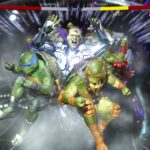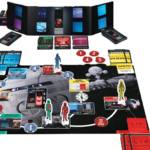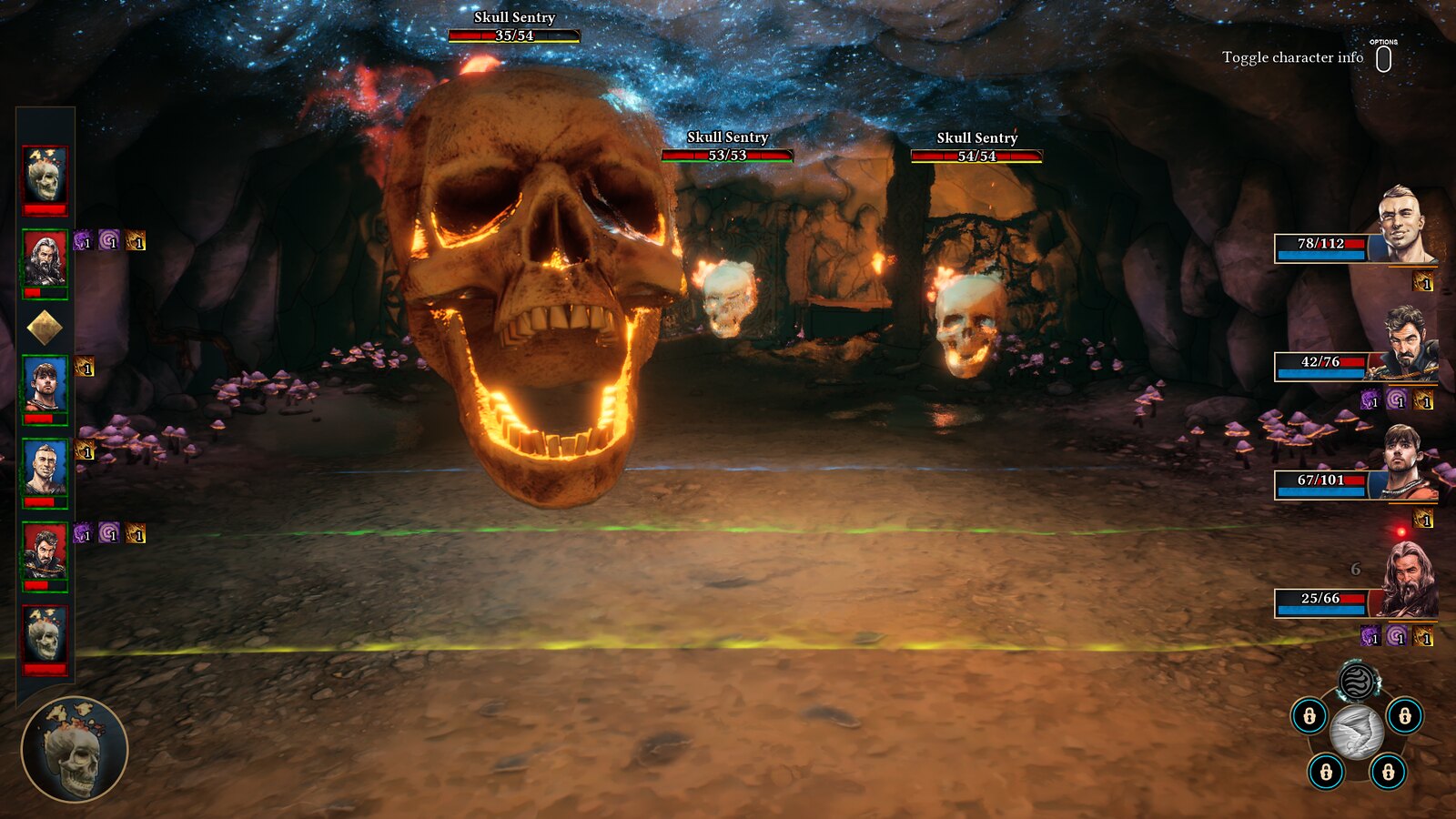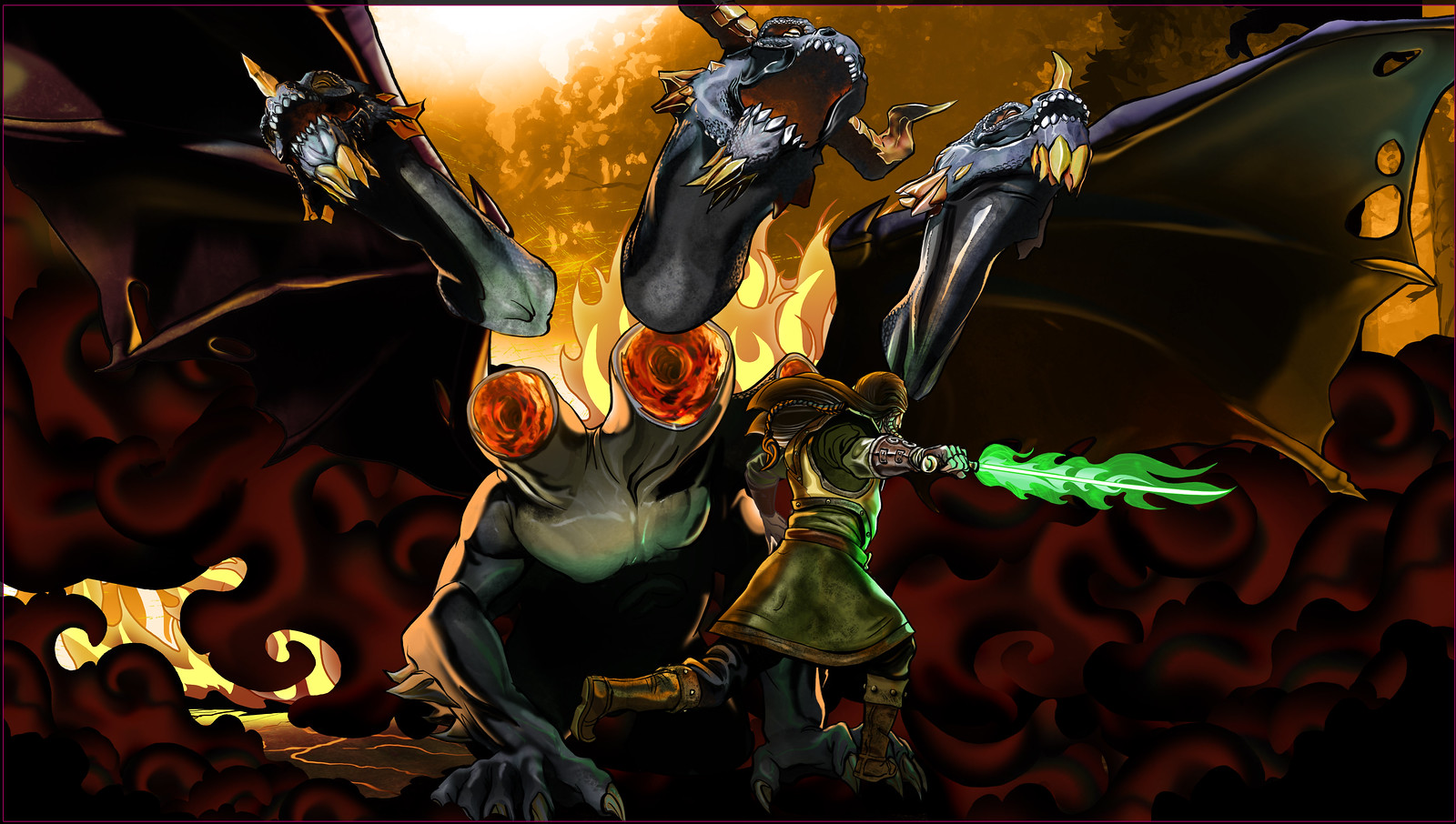When I say I work for Zen Studios, your first reaction probably isn’t “Oh, that kickass RPG developer!” It’s probably more like, “So, which pinball tables are you working on?” And that’s totally cool — ‘cause we’re certainly known for Pinball FX3 above anything else, and I honestly don’t see that changing anytime soon. But if we’ve done our job well with Operencia: The Stolen Sun — and as we approach the March 31 release date, I humbly suggest that we have — it’s my hope that you’ll start to see just how much more the biggest little studio in Hungary is capable of.
Operencia pretty much defines the term “passion project.” I wasn’t on board myself at the time, but about three years ago, a non-pinball-focused team at Zen was tasked with incubating a new project. After dabbling with some possible VR concepts, the team surmised that the best step forward was to shift gears toward a genre many of them grew up loving but that they just weren’t seeing much of today. The result: a first-person dungeon-crawling RPG in the spirit of seminal titles like Wizardry, The Bard’s Tale and Eye of the Beholder. This was the kind of game they very much wanted to play, and they just weren’t seeing many games like it out there — so they opted to make one themselves.
At the same time, though, the team realized that simply creating our own proving grounds of a mad overlord wasn’t really going to cut it in 2020. So, we’ve modernized things — from more manageable menu navigation and automapping (turn it off if you need to put that pad of graph paper by your desk to use) to a greater emphasis on story, complete with memorable characters and voice acting to go with them. And the Unreal 4-powered graphics certainly don’t hurt, either.
But I think what really sets Operencia apart and gives it its own identity is the setting. From the start — long before I was on board, myself — the team decided that to really make this entry to the “blobber” genre their own, they could set it in a world of the Central European folktales and mythology. Almost every one of the 13 tile-based maps in this game is based around some type of folktale or mythology our Hungarian developers grew up with, whether it’s as general as enchanted forests, táltos shamans and multi-headed dragons, or it’s as specific the Copper Forest of the god of war Hadúr or the terrible curses behind the fortresses of Deva and Balvanyos.
By the way, those last two locations I mentioned are completely real. You can visit them both today — well, their ruins, anyway. Likewise, Operencia also introduces legendary versions of actual historical figures like Attila, his wife, and the Seven Chieftains of the Magyars, to name a few. Don’t go to this game as a substitute for history class — but do go to it for some fun, if admittedly extremely loose, interpretations of history.
I personally came on to this project about a year into development, and I loved it from the start. A solid foundation was already in place — basic level designs and looks, character designs, that sort of thing — but aside from a basic story backbone, there wasn’t much in terms of pulling everything together. That’s where I came in. It was my job to take everything developed to that point and not only to tighten up the narrative, but also establish a new cohesive gaming universe rooted in tales and mythology… most of which, quite frankly, I knew next to nothing about as an American.
But what an incredible journey it was to immerse myself in all this, from books like The Folk-Tales of the Magyars and Tales of Superhuman Powers by Csenge Virag Zalka (her constantly updated website is an amazing resource!) to a charming cartoon called Hungarian Folk Tales that many of my co-workers watched as kids, like I did Sesame Street or The Electric Company. None of the stories that we touch upon — told and passed down from storyteller to storyteller hundreds of years ago — were ever intended to live in a larger world… but now they do, thanks to Operencia. And putting them all under one big digital roof has been a true career highlight.
The name “Operencia” itself comes from these tales. As I researched, I kept seeing that word pop up as if it were a location I should know about. Turns out, it basically translates to “far, far away,” and it was just sort of universally accepted to be a “real fake place” for these stories to mention. We liked the name so much, we decided to make this faraway land the name of the world where all of these tales come together. And eventually, we thought it’d make a pretty cool title for the game as a whole, as well.
At the end of the day, Operencia represents the single largest production for Zen Studios. The power of Pinball FX — which only continues to mature as we introduce more and more real-life Williams tables into our portfolio — set the stage for an entirely different resurrection of an underserved old-school niche. And likewise, we certainly hope that the response enables us to continue pumping out Operencia titles for the next decade-plus to come.














